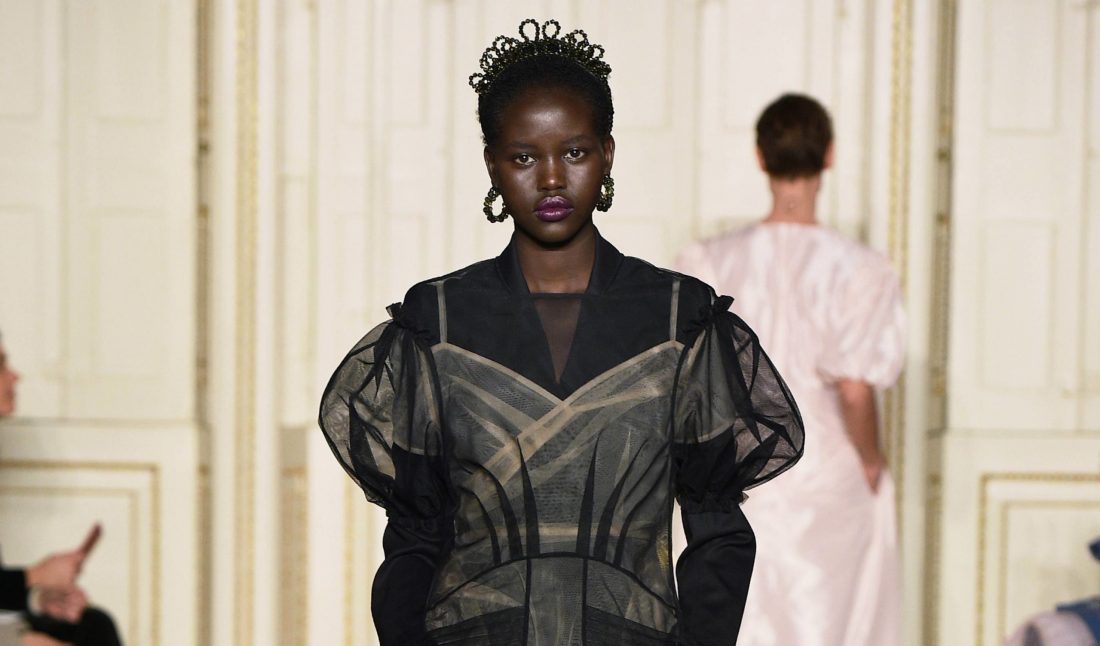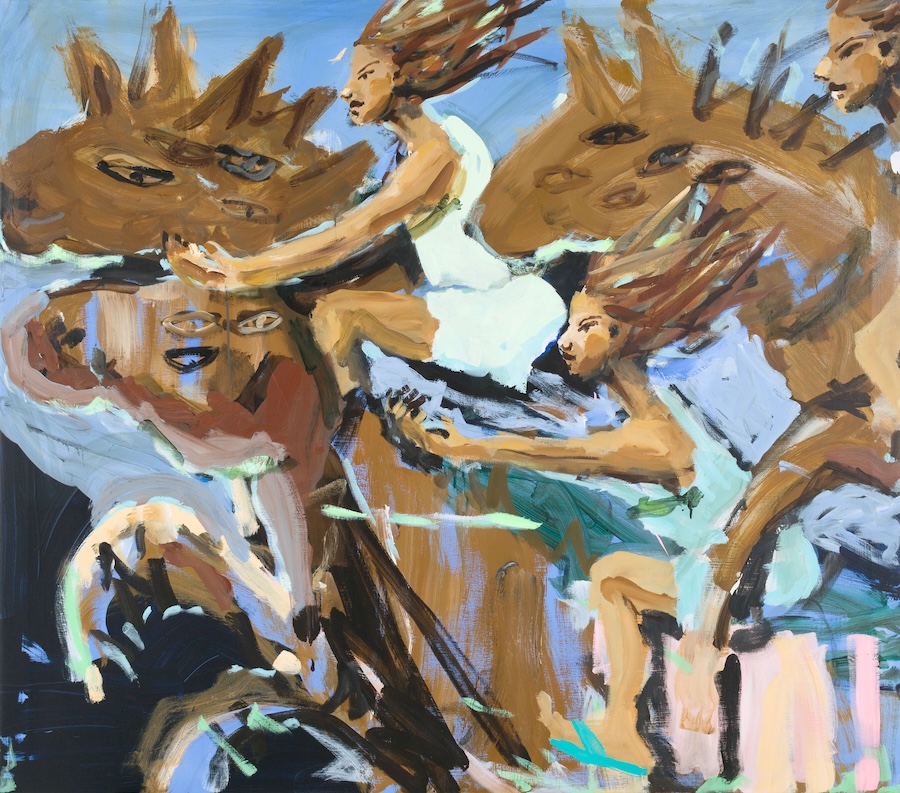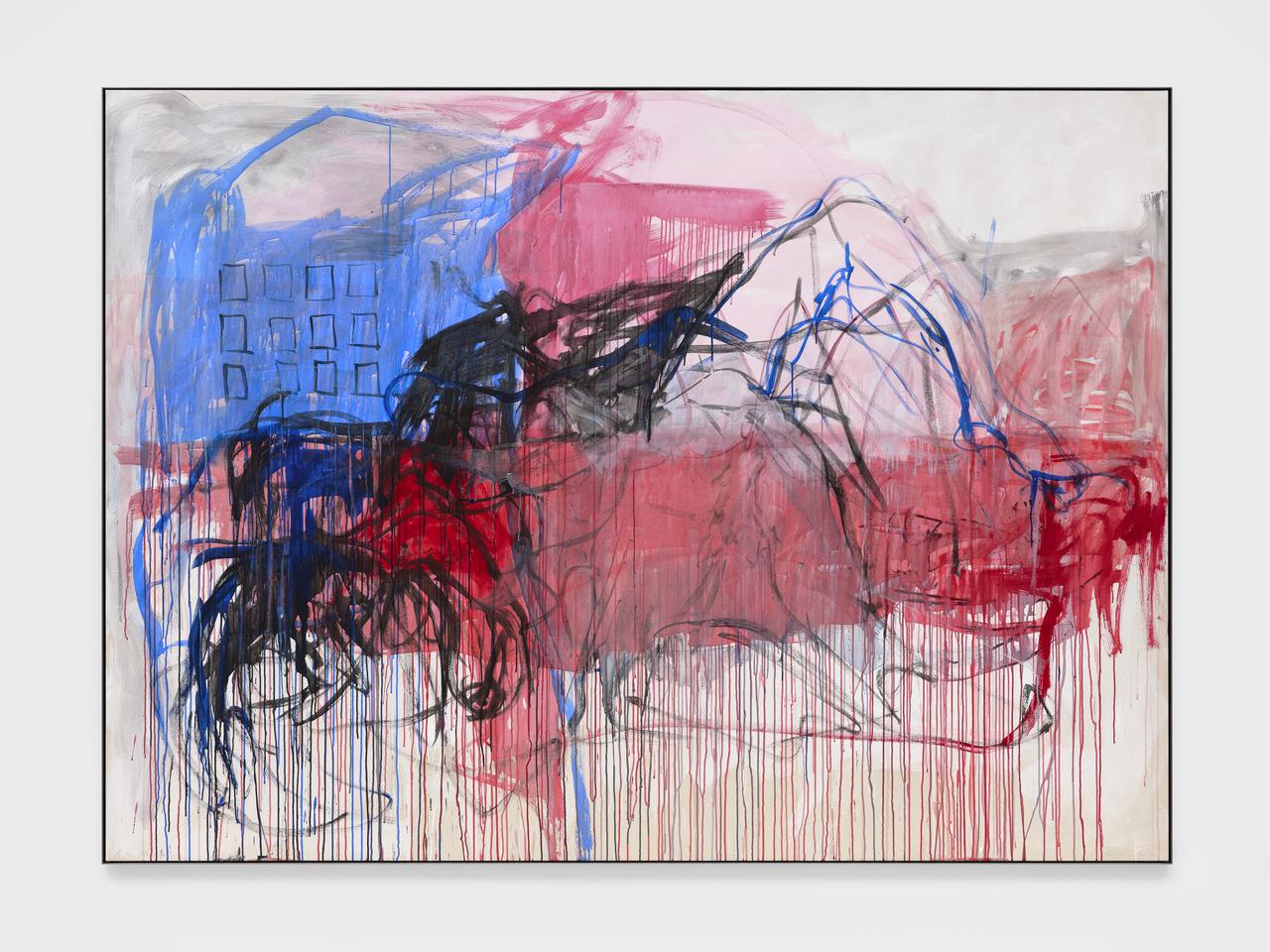Simone Rocha debuted at London Fashion Week in 2010, the same year she graduated with a master’s from Central Saint Martins. Since then, she has tapped her own personal biography to create collections that are full of contrast, modernity, and femininity. With a focus on fabrication, Rocha wants to empower her clients, designing garments that not only make them feel powerful, but can be worn again and again, for years to come.
Her Fall 2019 collection was inspired by Louise Bourgeois, a major influence on Rocha. She first encountered her work at the Irish Museum of Modern Art, and immediately connected to the physical strength of Bourgeois’s sculptures. Whitewall spoke with Rocha about finding depth and emotion with every season.
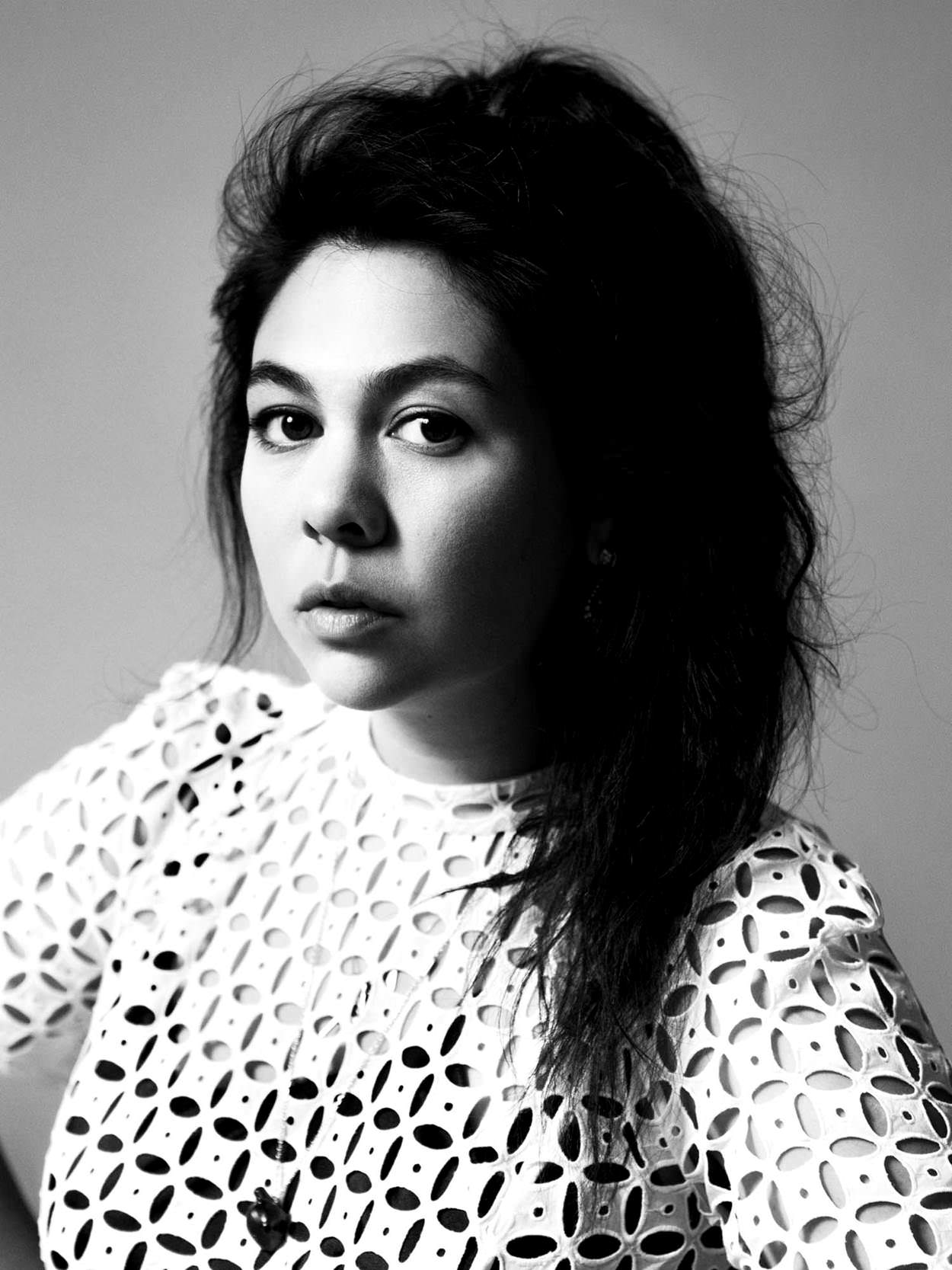 Portrait by Alex Franco.
Portrait by Alex Franco.
WHITEWALL: You grew up in your father’s fashion studio. What did you enjoy about being there as child?
SIMONE ROCHA: It was really fun and playful. I remember being in his studio and going to shows from a very young age—then learning to knit and crochet with his team.
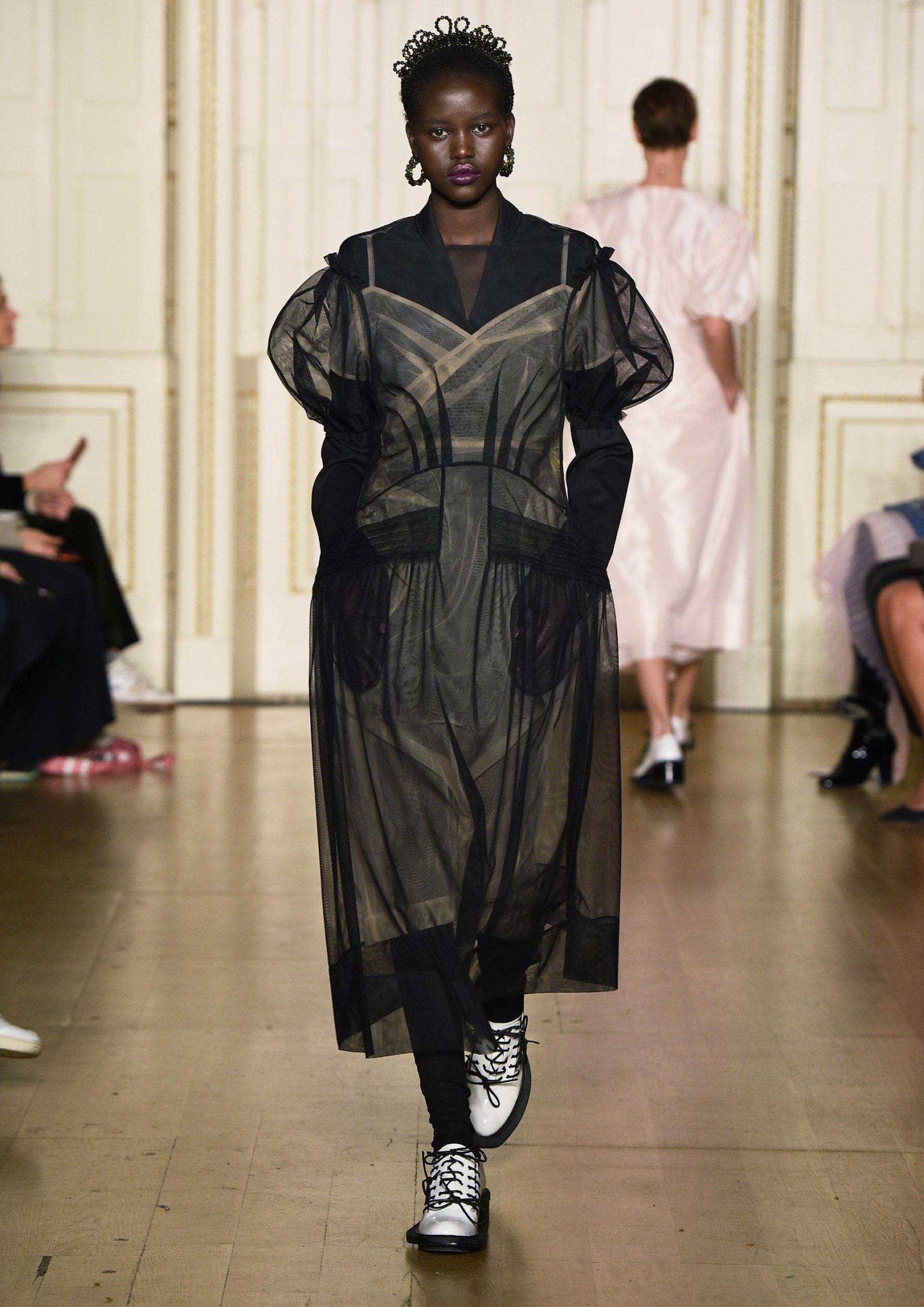 Simone Rocha Fall/Winter 2019.
Simone Rocha Fall/Winter 2019.
WW: What about that experience made you want to pursue your own fashion line?
SR: Initially, I thought I wanted to go more into art than fashion, but once I was at college I focused on fashion, leading to a BA at the National College of Art and Design in Dublin and an MA at Central Saint Martins in London. It was the experience of making clothes and the physicality of making it and wearing something on the body.
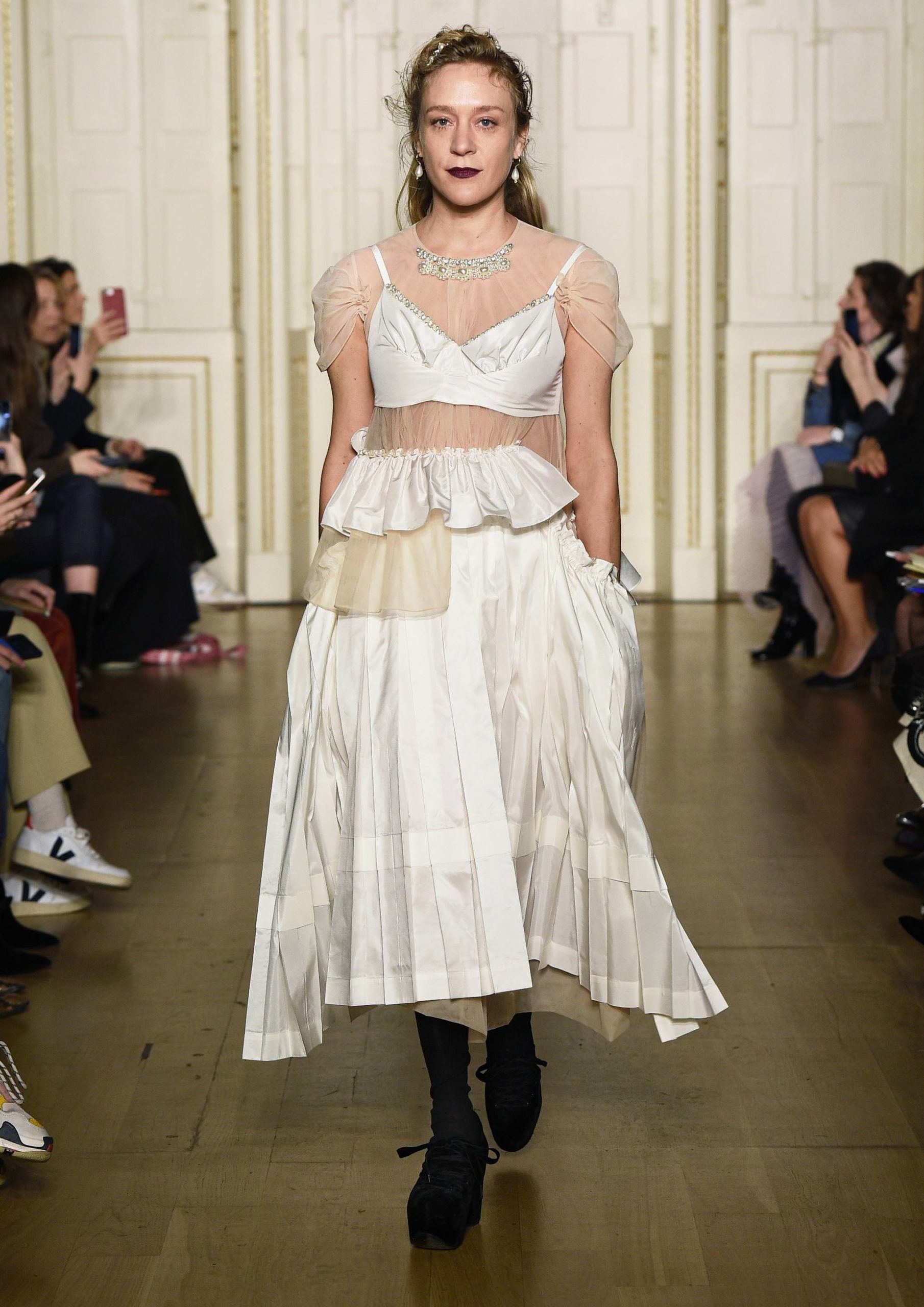 Simone Rocha Fall/Winter 2019.
Simone Rocha Fall/Winter 2019.
WW: From the start, your collection has explored modern ideas of femininity. How do you define femininity?
SR: As a female designing clothes for women, I want to present the collections for women who engage with femininity in a real way that can be with many emotions, fragility, strength, and spirit in a modern way.
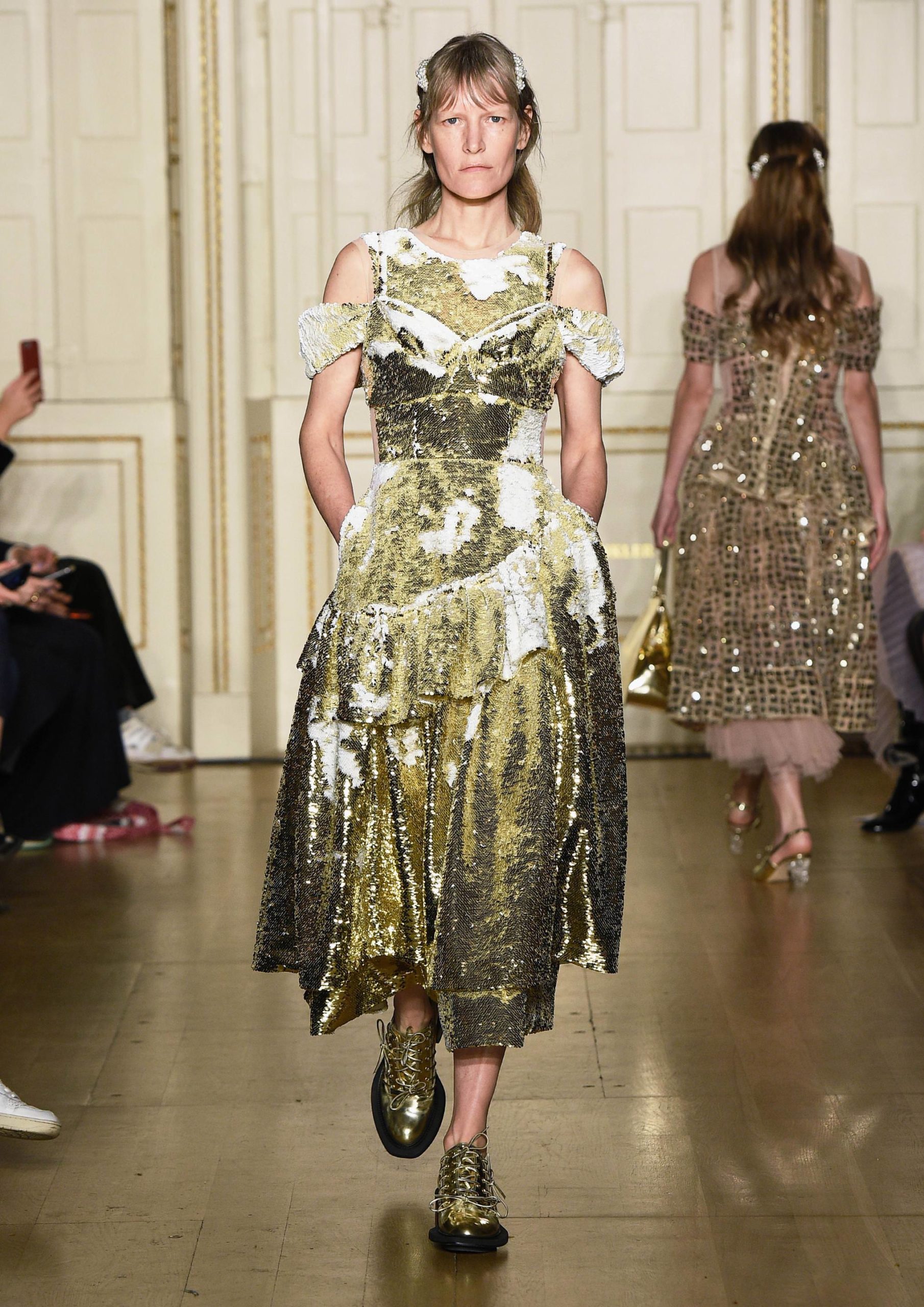 Simone Rocha Fall/Winter 2019.
Simone Rocha Fall/Winter 2019.
WW: Your collections are quite personal. Has your own experience always been a part of your creative process?
SR: Yes, I often draw on my own personal experience and influences as well as being inspired by people around me—family, friends, collaborators.
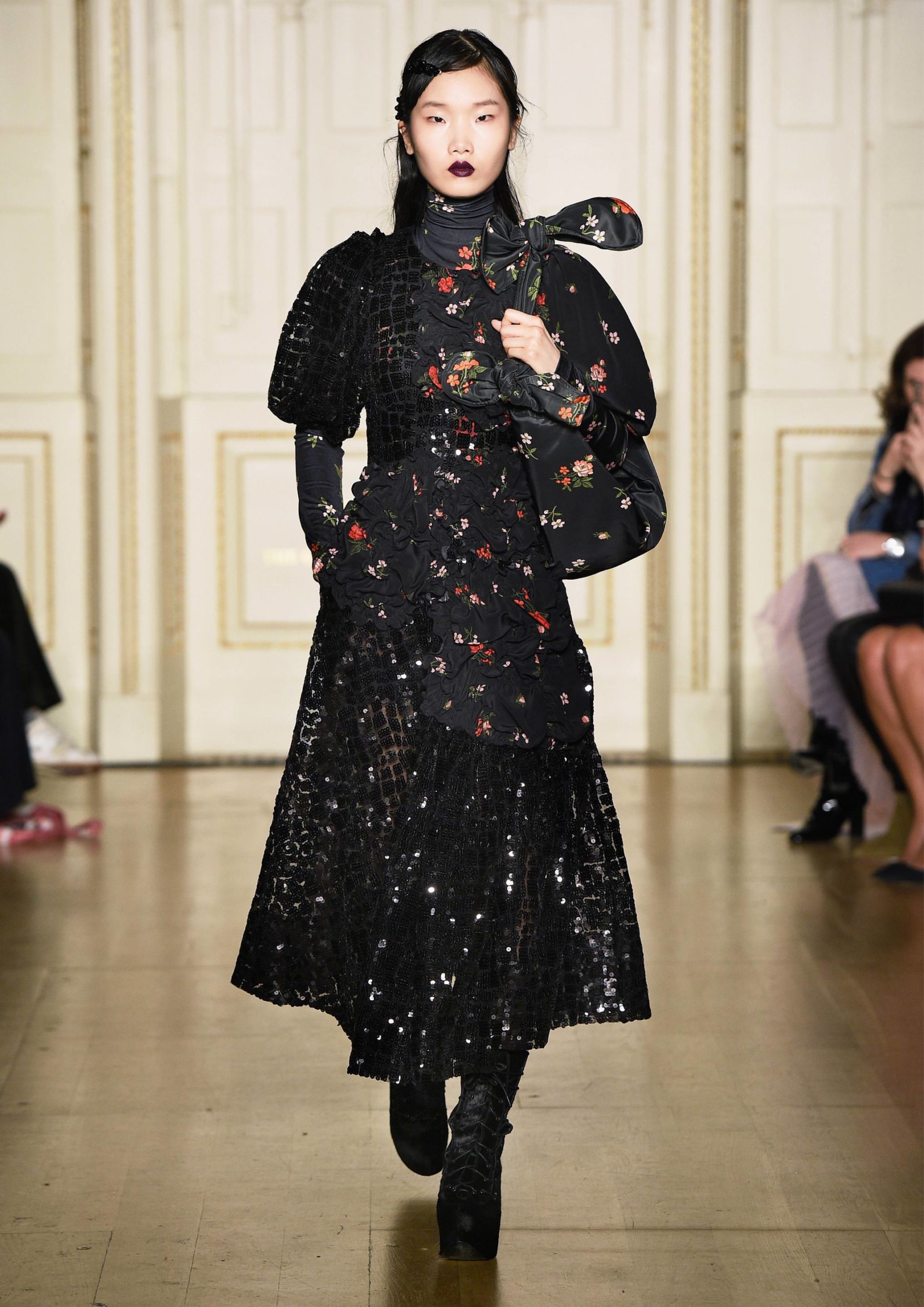 Simone Rocha Fall/Winter 2019.
Simone Rocha Fall/Winter 2019.
WW: Do you ever feel vulnerable presenting a collection that’s particularly autobiographical?
SR: Yes, it can be quite exposing, but it also gives the collections depth and context.
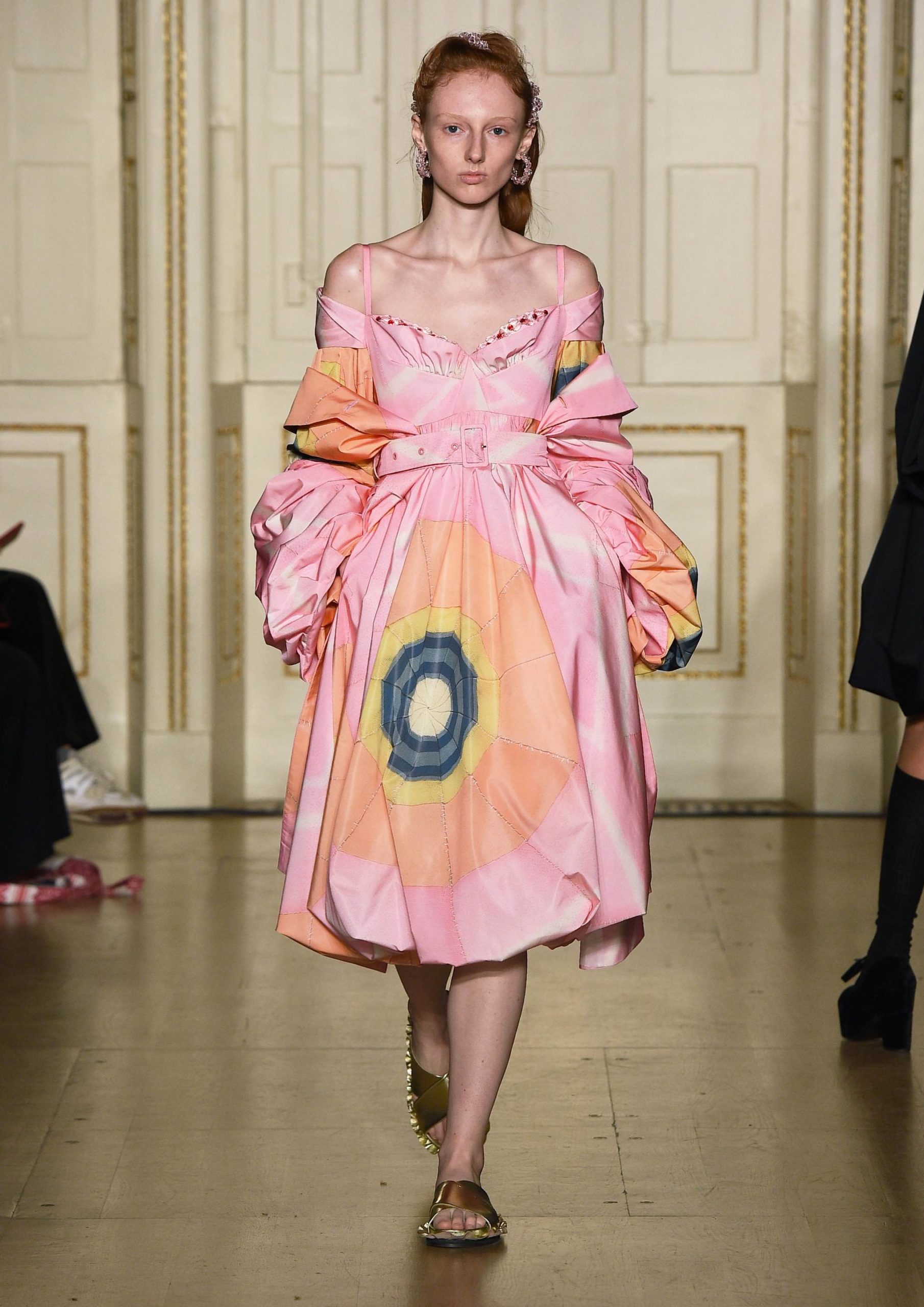 Simone Rocha Fall/Winter 2019.
Simone Rocha Fall/Winter 2019.
WW: Where do you typically start with a collection? Is it inspirational images, fabrics, a theme?
SR: The development of the fabrication is such a large part of the collection development process, and this starts early. At the beginning there is a lot of research and development with my team. Not really a theme and never a trend, much more a feeling.
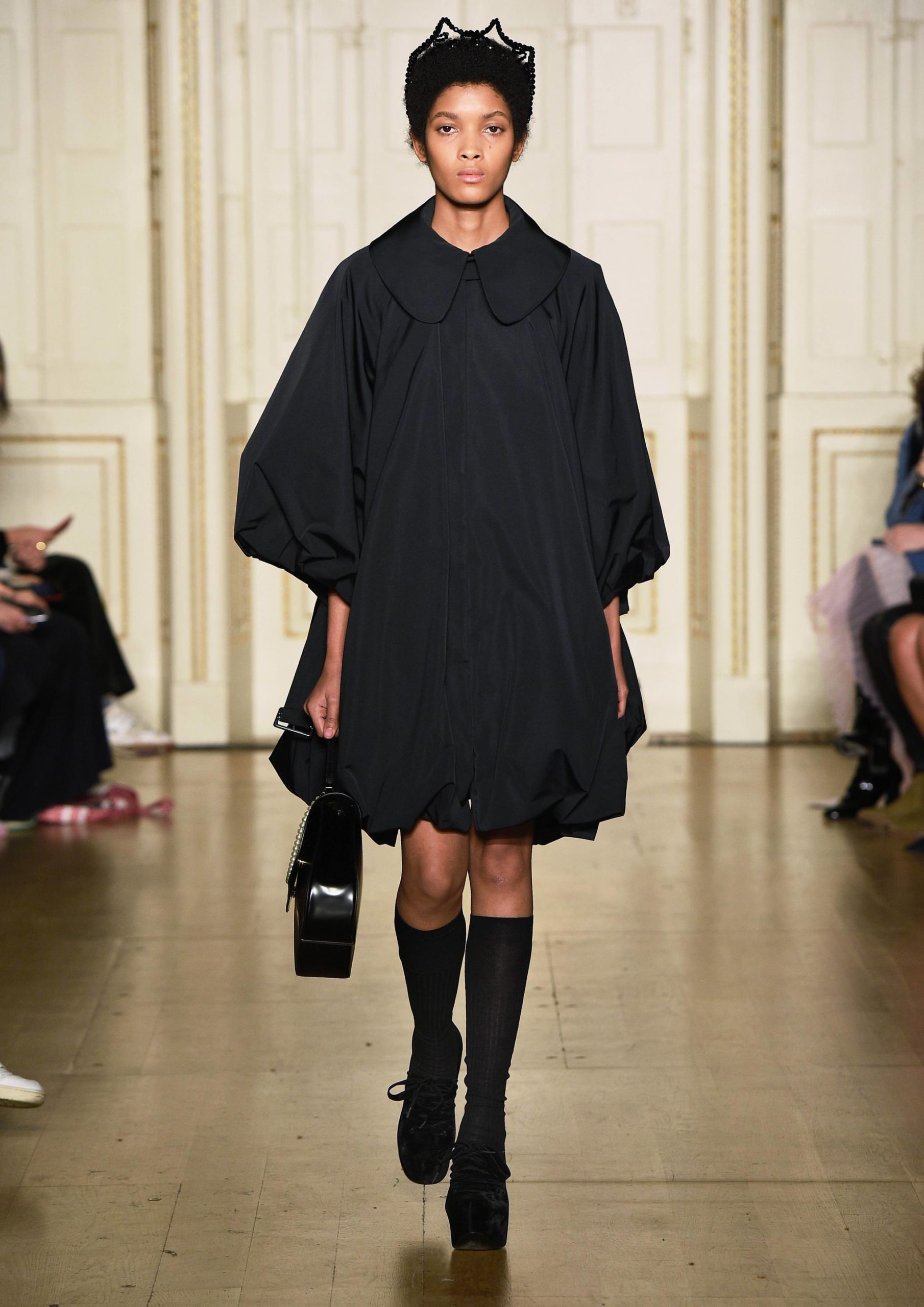 Simone Rocha Fall/Winter 2019.
Simone Rocha Fall/Winter 2019.
WW: You are known for embracing contrast—whether through materials or silhouettes. What draws you to this?
SR: Contrast is very important to create balance in the collections.
WW: Your Fall 2019 collection referenced the fabric sculptures of Louise Bourgeois. When did you first come across her work? How did it move you?
SR: I first saw her work at IMMA (Irish Museum of Modern Art) whilst I was studying. It was a show called “Stitches in Time.” It focused on her hanging tapestry works, heads, and bodies. The first time I saw her work, it felt so personal. I just felt like my feelings were down on a page—the words, the colors, the hand-stitching. I was really blown away. It was like my teenage diaries, in a more beautiful form, obviously.
WW: What other artists have had an influence on your designs?
SR: Francis Bacon, Roni Horn, Rachel Whiteread, as well as photographers like Colin Dodgson, Jacob Lillis, Jackie Nickerson.
WW: What is an exhibition you’ve seen recently you’re still thinking about?
SR: I recently saw the new Cindy Sherman exhibition at the National Portrait Gallery in London—her work is so inspiring.
WW: Do you collect art? Follow any particular artists?
SR: There are some great artworks in my two stores on Mount Street in London and Wooster Street in New York—loans from the Louise Bourgeois Foundation as well as pieces by Robert Rauschenberg. It’s a real mix. Some pieces are from my family collection, others were installed just for the store, and others that have been inspiration pieces now live in the store. In my home, the issue is, I really like pieces to have space to breathe, which is very natural in Wooster Street, where in Mount Street the pieces are more integrated into the stores.
WW: How would you describe your studio space? What kind of environment do you need to be creatively productive?
SR: The studio is very open to allow for communication and collaboration—we are very lucky to be in a lovely location on the canal in Haggerston, Hackney.
WW: You’ve said that you don’t want to create fantasy, but, rather, an emotion. Why is that distinction important for you?
SR: Grounding the collections and making them feel relatable automatically makes them feel wearable, which is the goal. But I still want to make people feel something and engage with the collections on another level, so this is where the emotion comes in—whether that is through the show (music, location, casting) or within the collection itself through fabrication, silhouette, references.
WW: You’ve said that it’s important for you that your clothes feel like they can be worn for years, that they have a sense of commitment. How do you bring that into consideration when designing?
SR: Longevity, timelessness, and desirability are always aspects that we consider when working on the collection and how they interact with each other. Making pieces that people will want to buy and not only wear once but wear for a lifetime is really ingrained in the whole aesthetic.
WW: How do you hope women personally connect with your work?
SR: I hope women engage with the femininity in a modern way so it becomes empowering.






